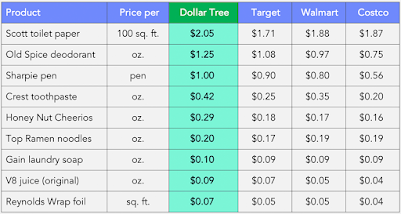 |
Screenshot of interactive map marking the site of every deadly shooting in the U.S. since Jan. 1, 2015, by a police officer in the line of duty. (Map by The Washington Post; click on the image to enlarge it.) Click here for the interactive version, on which you can filter results by state, gender, race, age, weapon, the presence of a body camera, and more.
|
"As police shootings have become a flashpoint in U.S. cities,
The Marshall Project and the
Kentucky Center for Investigative Reporting spent a year examining those urban killings’ little-publicized counterparts in rural America," Alysia Santo and R.G. Dunlop
report in
The New York Times. "Officers in rural areas fatally shot about 1,200 people from 2015 through 2020, while in cities there were at least 2,100 such deaths, according to the news organizations’
analysis of data compiled by
The Washington Post; no comprehensive government database exists."
Though the population-adjusted rate of rural police shootings was 30 percent lower than the urban rate (suburbs were not included), the data analysis found that "the rural incidents mirrored many of the dynamics of police shootings that have come under scrutiny in cities, Santo and Dunlop report. "And even as deadly police shootings declined in cities and rural communities during this time, according to the analysis, the rural decrease was more modest: about 9% versus 19%."
The story largely centers on the Kentucky State Police and its 33 fatal rural shootings, the highest number of any agency in the six-year period studied. Kentucky serves as a sort of microcosm that illustrates "both what distinguishes these encounters from other police killings and how they fit within broader patterns nationwide," Santo and Dunlop report.
In Kentucky and elsewhere, most of the people killed in rural police shootings had common characteristics: Most were men, two-thirds were armed with guns, most struggled with addiction or mental health, and most shootings happened in poorer counties, Santo and Dunlop report.
Most were also white, they report: "White people make up the rural majority in nearly every state, and two-thirds of the people fatally shot by law enforcement in rural areas across the country were white, the data analysis shows; about 10 percent were Black. (In cities, 37 percent were Black and 31 percent white.) Nevertheless, in some states, a disproportionately high number of Black people were shot and killed by the police relative to their share of the rural population, according to the data. These include Alabama, Virginia and — the starkest example — Louisiana, where Black people accounted for about 20 percent of rural residents but almost 37 percent of rural police shootings."
Another commonality: the officers involved in most fatal rural shootings were not indicted or prosecuted. "This holds in Kentucky, where the state police investigate their own shootings without an independent review," Santo and Dunlop report. "That model is changing in many parts of the country, where states and municipalities have set up independent investigative units."
During the six years studied, one Kentucky trooper was fatally shot on the job. His killing highlighted the "frequent reality" that most law enforcement officers must work alone. "Sometimes, policing experts said, solo officers may be more inclined to shoot because they feel at risk knowing that backup could be many miles away," Santo and Dunlop report. In rural Kentucky, and likely elsewhere, friends and family of those killed by law enforcement were more likely to criticize individual officers than KSP as a whole.

















